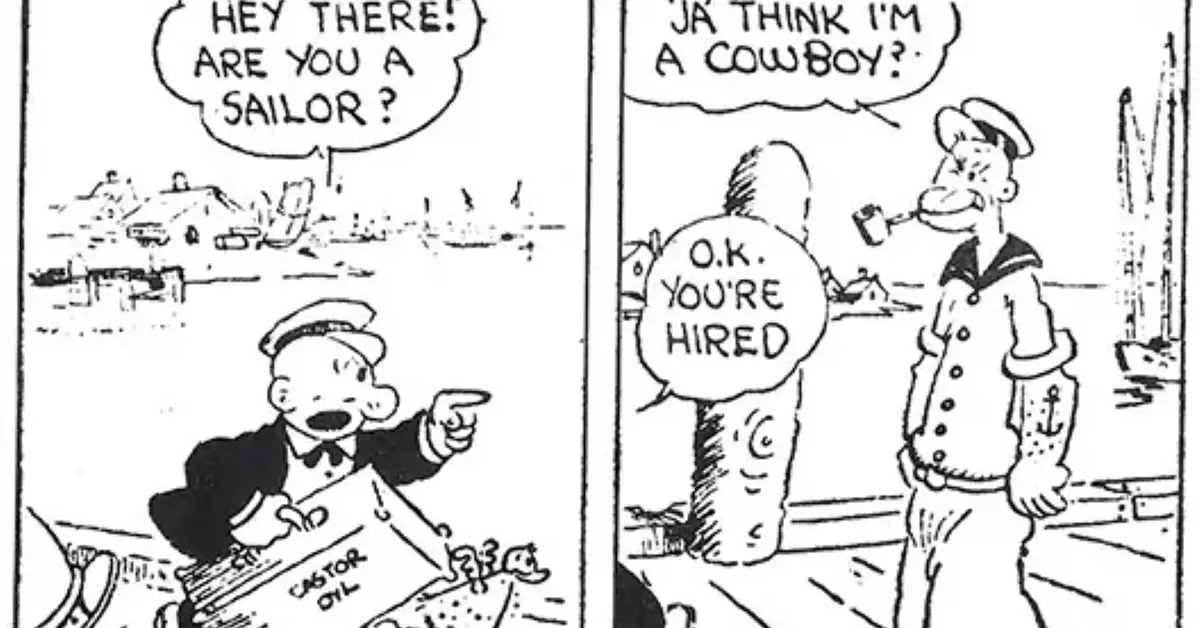As we step into 2024, we are greeted by a significant cultural event: the annual release of a host of creative works into the public domain. This year, a treasure trove of materials created in 1929, including iconic characters and groundbreaking films, will become freely accessible for reuse and reinterpretation. The implications of such releases are vast, influencing everything from modern creative endeavors to the ways we understand and value intellectual property.
The year 1929 marked a pivotal moment in media history, particularly with the advent of sound in film. This year brought forward innovative works that laid the foundation for cinematic storytelling, art, and literature as we know them today. The Duke Law School’s Center for the Study of the Public Domain has meticulously cataloged these releases, revealing a variety of significant contributions to popular culture. From the stunning animation of Disney’s “The Skeleton Dance” to Alfred Hitchcock’s first sound film “Blackmail,” these works now offer fresh opportunities for creators aiming to explore historical narratives through new lenses.
In literature, masterpieces such as William Faulkner’s “The Sound and the Fury” and Virginia Woolf’s “A Room of One’s Own” are now part of an intellectual commons that encourages reinterpretation and adaptation. These literary works not only retain their artistic credibility but also offer rich, complex themes that resonate with contemporary audiences.
Perhaps the most exciting aspect of this year’s public domain releases is the introduction of beloved characters like Popeye and Tintin. Popeye, who first appeared in E.C. Segar’s “Thimble Theatre,” is intriguing because while his personality and original characteristics are now in the public domain, the definitive image of him as a spinach-eating sailor won’t be available until a later date. This presents a unique opportunity for creators to craft narratives around the essence of Popeye, allowing for fresh storylines that explore identity and character without being tied to the common visual tropes.
On the other hand, Tintin, the intrepid young reporter created by Hergé, enters the public domain with fewer restrictions in countries such as the United States. It’s important to note that in the European Union, where copyright laws are more protective—extending 70 years beyond an author’s death—Tintin will remain shielded until 2054. This discrepancy highlights the diverse international landscape of copyright law and its implications for how cultures share their creative legacies.
The recent history of copyright law plays a pivotal role in this newfound accessibility. The extended protection from the 1998 Copyright Term Extension Act has often been a contentious topic in discussions over intellectual property, particularly concerning works from the early 20th century that are now entering the public domain. While this extension may have safeguarded major corporate interests—most notably in the case of Disney’s iconic characters—it has also contributed to a backlog that has stifled creativity by restricting access to much of our cultural heritage.
Now that titles like the earliest adventures of Mickey Mouse, particularly “Steamboat Willie,” have joined the public domain, the momentum seems to be picking up. Works such as “The Karnival Kid,” where Mickey speaks for the first time, will soon follow, further enhancing the reservoir of creative material available for new interpretations and adaptations.
As we look forward, we can anticipate a wave of remixes, adaptations, and new narratives stemming from these newly accessible works. Artists, filmmakers, and writers are no longer constrained by copyright restrictions, providing room for inventive reinterpretations that pay homage to the original while adding modern sensibilities. The trend towards collaborative creation fosters an environment where classic characters and narratives can evolve, resulting in vibrant cultural dialogues that span generations.
The public domain’s expansion in 2024 ushers in a remarkable era of creativity. By allowing free access to vital cultural artifacts, we empower a new generation of creators to build upon the past, fostering innovation that honors the timelessness of our artistic heritage. This not only enriches our cultural identity but also allows us to explore the potential of collaborative storytelling in exciting ways.

